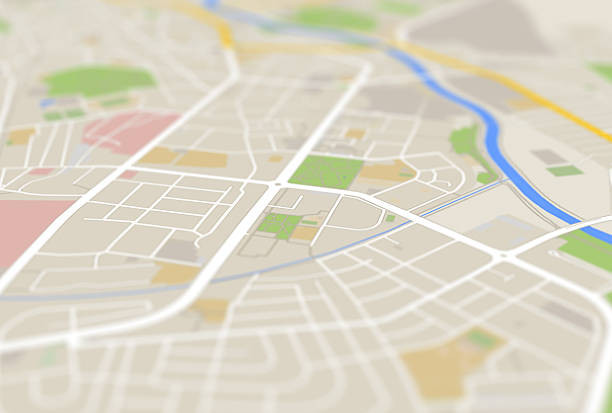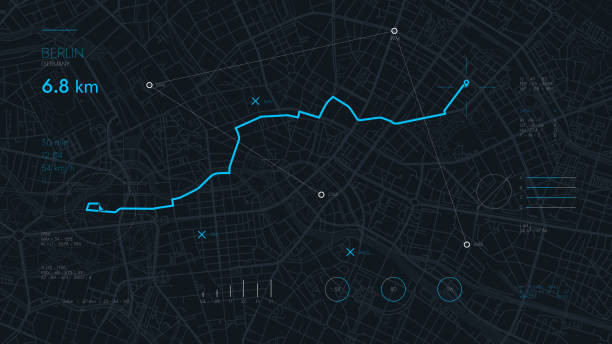Intelligent Routing Systems have transformed the way logistics and transportation companies plan and execute their operations. These systems utilize advanced algorithms, data analysis, and real-time information to optimize routes and improve overall efficiency.
While Intelligent Routing Systems offer significant opportunities, they also come with their share of challenges. One of the primary challenges in Intelligent Routing Systems is dealing with complex logistics networks.
Factors such as multiple stops, varying time windows, traffic conditions, and vehicle capacities make route optimization a complex task. Additionally, managing real-time data, such as weather updates or traffic congestion, presents further challenges in ensuring accurate and dynamic routing decisions.
However, the opportunities offered by Intelligent Routing Systems are substantial. By leveraging historical and real-time data, these systems can optimize routes, reduce fuel consumption, and minimize transportation costs.
Intelligent Routing Systems also improve customer service by providing accurate estimated arrival times and efficient delivery routes.

What Are The Benefits Of Using A Distances API In Intelligent Routing Systems?
Maybe you don’t know, but, implementing an API that measures distances in kilometers or miles is a key step in enhancing the functionality of Intelligent Routing Systems.
By integrating such an API, routing systems can accurately calculate distances between locations, consider different units of measurement, and incorporate these measurements into their optimization algorithms.
This enables Intelligent Routing Systems to dynamically adjust routes based on the best distances possible, leading to more accurate and efficient planning.
Moreover, these kinds of APIs can facilitate integration with other systems, such as GPS tracking or fleet management software. By combining distance measurement with real-time location data, routing systems can constantly monitor and adapt to changing conditions, ensuring optimal route decisions throughout the transportation process.
And more importantly, by using technology and APIs, businesses can overcome routing challenges, improve efficiency, and ultimately deliver enhanced value to their customers.
How Does A Distances API Work?
A distances API utilizes various data sources and algorithms to calculate distances accurately based on geographical coordinates or addresses. Resulting data is very valuable, even more, when you are looking to optimize logistics tasks, that is why we would like to show you what kind of data you can obtain.
This time, we chose The Distance API, actually available on the ZylaLabs Hub. We chose it since we found it fast and give reliable answers. Let’s see an example:
Let’s try entering latitude and longitude values into the “Get Distance In Miles” endpoint, for example, will provide the following response:
{
"latitudeA": 31.5186,
"longitudeA": 81.8132,
"latitudeB": 30.0522,
"longitudeB": 78.2437,
"distance": 234.84,
"uom": "mi"
}Or you can use the “Get Distance In Kilometres” endpoint, for example, and you will receive the following response:
{
"latitudeA": 30.5279,
"longitudeA": 81.8102,
"latitudeB": 28.0518,
"longitudeB": 1162406,
"distance": 10595.17,
"uom": "km"
}Thus, either of the two endpoints will show you in Kilometers (Km) or Miles (Mi) the distance between the selected points.
How Can You Get Started With The Distances API?

- To get started, navigate to The Distances API and click the “START FREE TRIAL” button.
- You will be able to use the API after joining Zyla API Hub!
- Select the API endpoint you need.
- Then, by selecting the “test endpoint” button, you will make an API request; and see the results shown on the screen.
Related Post: Get Location Information From A Number Using A Mobile Phone Validation API

